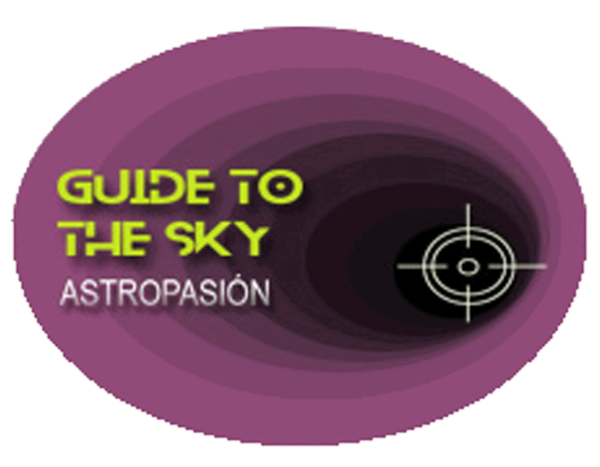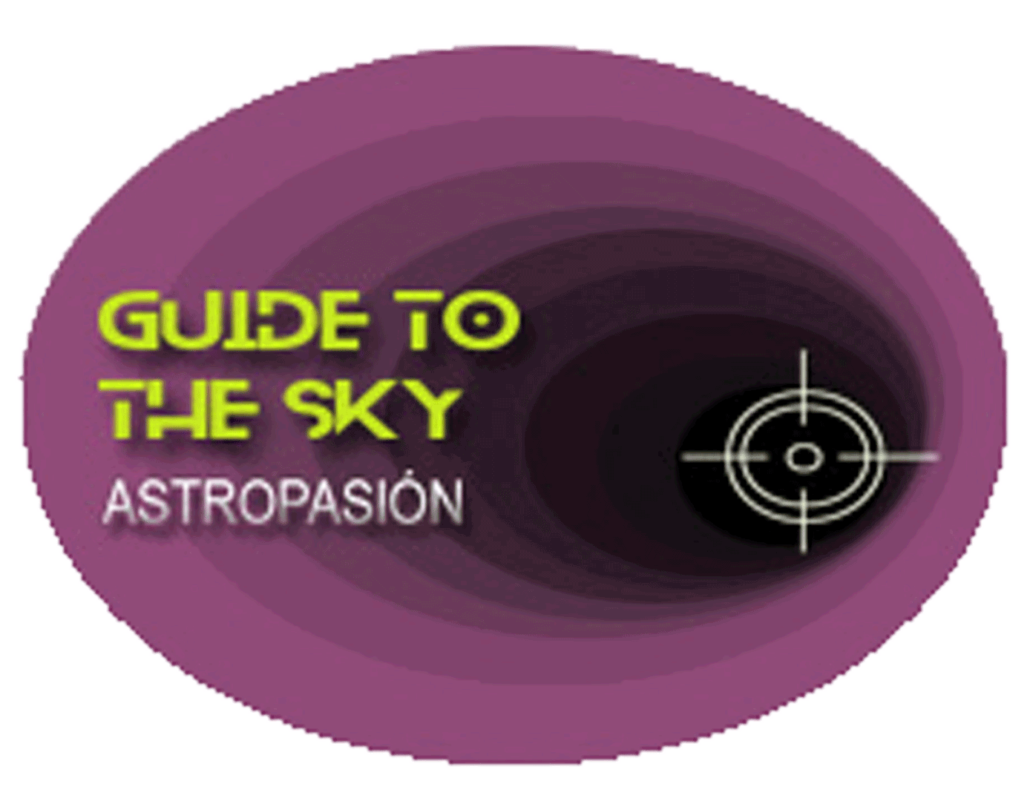Messier 42 - Orion
M42 - Gran Nebulosa de Orion - en la IA
Messier 42 (M42), also known as the Orion Nebula, is one of the most famous and easily observed nebulae in the night sky. Here's a breakdown of what makes it so special:
What it is:
- A Diffuse Nebula: It's a massive cloud of gas and dust, predominantly hydrogen, that is illuminated by the intense radiation from hot, young stars embedded within it.
- A Stellar Nursery: M42 is a site of active star formation. New stars are being born within its depths.
- Part of a Larger Complex: It's just the brightest part of the much larger Orion Molecular Cloud Complex, a vast region of gas and dust spanning hundreds of light-years.
Where it is:
- Constellation Orion: Located in the constellation Orion, the Hunter, specifically within Orion's sword.
- Distance: Approximately 1,344 light-years away from Earth.
- Coordinates: Right Ascension: 05h 35m 17.3s, Declination: -05° 23′ 28″
Why it's so remarkable:
- Brightness and Visibility: M42 is one of the brightest nebulae, visible to the naked eye under dark skies as a fuzzy patch. Binoculars reveal more detail, and small telescopes show its intricate structure.
- Color: In long-exposure photographs, the nebula displays beautiful colors, including red (from hydrogen gas being ionized), blue (from reflected starlight off of dust), and purple.
- Trapezium Cluster: At the heart of M42 lies the Trapezium Cluster, a group of four bright, young stars (Theta1 Orionis A, B, C, and D) that are primarily responsible for ionizing the surrounding gas and making the nebula glow. These stars are very massive and emit tremendous amounts of ultraviolet radiation.
- Ongoing Star Formation: Scientists study M42 to learn about the processes of star birth. Proplyds (protoplanetary disks) have been observed around young stars in the nebula, providing evidence of planetary system formation.
- Accessibility: Its proximity and brightness make it a popular target for amateur astronomers and astrophotographers.
How to observe it:
- Best Time: Best viewed during the winter months in the Northern Hemisphere (December to March).
- Location: Find the constellation Orion. Look for the three bright stars that form Orion's Belt. Then, locate the fainter stars that form Orion's Sword, hanging below the Belt. M42 is located in the middle of the sword.
- Equipment:
- Naked Eye: Visible as a fuzzy patch under very dark skies.
- Binoculars: Will show a more distinct nebula.
- Telescope: Reveals intricate details and structure. Larger telescopes will show fainter details and more color.
- Dark Skies: The darker the sky, the better the view. Light pollution can wash out the nebula.
Interesting Facts:
- It's estimated to be about 24 light-years in diameter.
- It's expanding at a rate of about 10 kilometers per second.
- The name "Messier 42" comes from Charles Messier's catalog of deep-sky objects (nebulae, star clusters, and galaxies) that he compiled to avoid confusing them with comets.
In summary, Messier 42 is a spectacular celestial object, a vibrant stellar nursery, and a treasure for astronomers of all levels. It's a reminder of the dynamic and ever-changing nature of the universe.
Más información sobre Messier 42 en NASA/IPAC.
Mapa alrededor de Messier 42
Otros identificadores de M42:
"SRGA J053516.8-052315" ,"3C 145" ,"4C -05.21" ,"CTA 37" ,"LBN 209.13-19.35" ,"LBN 974" ,"M 42" ,"MSH 05-0-11" ,"Mills 05+0A" ,"NAME Great Orion Nebula" ,"NAME Ori Nebula" ,"NAME Orion Nebula" ,"NGC 1976" ,"NRL 6" ,"PKS 0532-054" ,"PKS 0532-05" ,"XSS J05351-0519" ,"[DGW65] 26" ,"[PT56] 6" ,"[WCO2009] J053517-052326","GAL 209.01-19.4" ,"[KPS2012] MWSC 0582" ,


